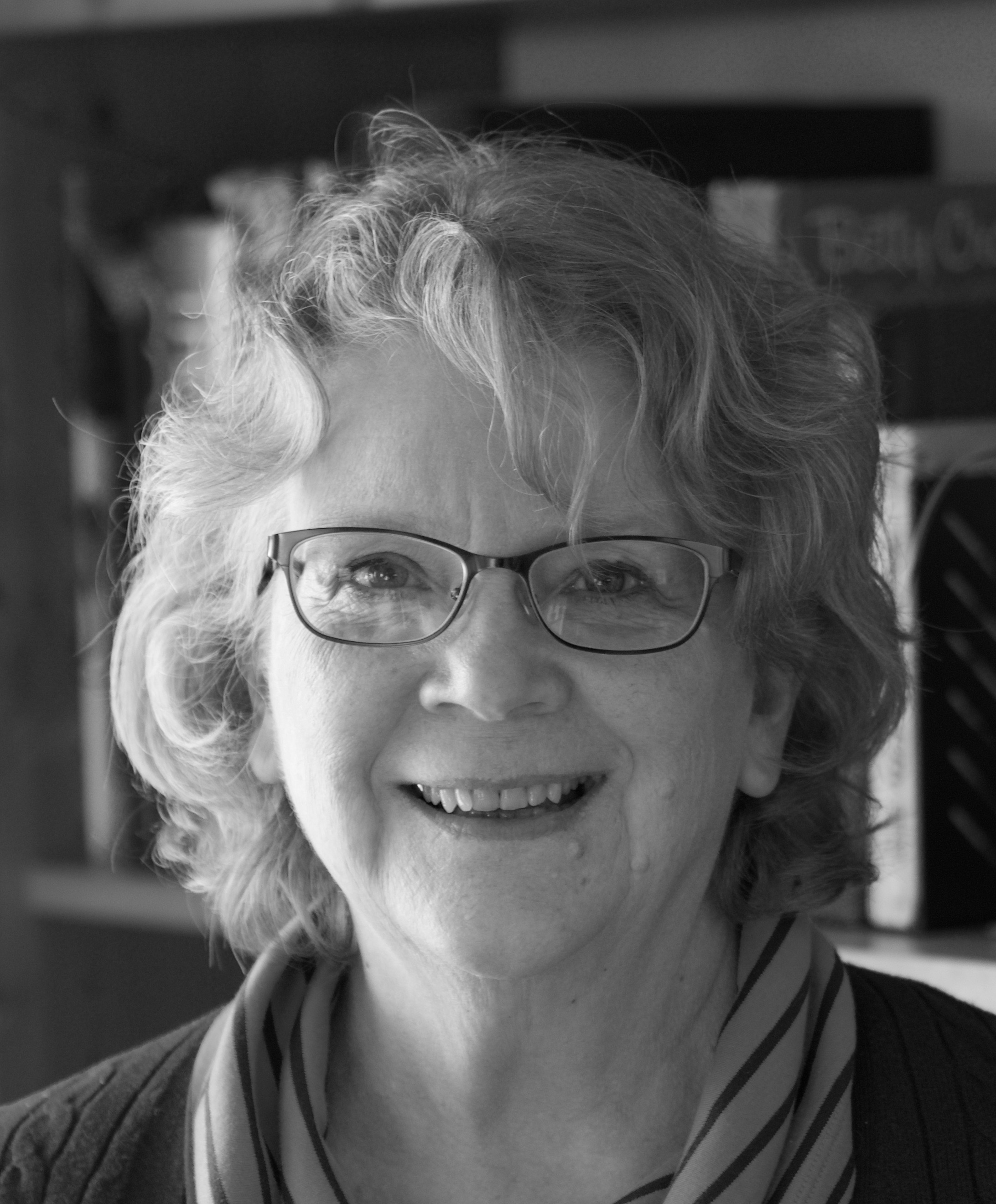Beatrix Potter, Unconventional Woman
 Friday, November 22, 2013 at 6:35PM
Friday, November 22, 2013 at 6:35PM Another repost from a an old series of posts on a few of the author/illustrators of classic children’s literature.

Although Beatrix Potter’s upbringing might sound odd to us, for her time and social class, it was fairly typical. Both her mother and father inherited a fortune, and although her father was a lawyer, he didn’t do much lawyering because he didn’t need to earn an income. Beatrix lived a rather isolated life, with her younger brother as her only playmate. She had no formal schooling, but was educated at home by governesses, which in Beatrix’s case, meant she was mainly left alone to pursue her own interests.
 Beatrix was eight years old when she sketched these caterpillars She wasn’t an ordinary girl with stereotypical girlish interests. She and her brother grew up surrounded by animals and plants. There were dogs, rabbits, frogs, salamanders, and more as pets, and large gardens and moors for roaming. The Potter children spent their time together studying, sketching—and even dissecting—the birds and animals and insects they found. When I was a child, I didn’t enjoy typical girl activities, either, but little Beatrix Potter took things a lot further than I thought to go. I can’t help but admire her for that.
Beatrix was eight years old when she sketched these caterpillars She wasn’t an ordinary girl with stereotypical girlish interests. She and her brother grew up surrounded by animals and plants. There were dogs, rabbits, frogs, salamanders, and more as pets, and large gardens and moors for roaming. The Potter children spent their time together studying, sketching—and even dissecting—the birds and animals and insects they found. When I was a child, I didn’t enjoy typical girl activities, either, but little Beatrix Potter took things a lot further than I thought to go. I can’t help but admire her for that.
As she grew into young adulthood, Beatrix became passionate about mycology, the study of fungi. She collected fungi, dissecting, painting, and drawing them. Her hope was that her detailed illustrations would be used in a textbook, but that didn’t happen. She also developed a theory about the germination of mold spores, and her uncle Henry, who was a noted chemist, presented a paper she wrote on this to the Linnaean Society of London. Her theory was rejected out of hand by the all-male society, because (according to every biography I’ve read) she was an amateur and a woman.
But when one door closes, women-of-pluck look for other doors to try. And Beatrix Potter needed to find at least one opening that would provide her with a little income and some independence from her parents. So she turned an illustrated story she had sent in a letter to the child of a former governess into The Tale of Peter Rabbit
. When she couldn’t get her story published, she published it herself.
It was only after he saw one of her self-published books that the publisher Frederick Warne decided to publish Peter Rabbit. Beatrix continued to publish books with Warne, using the money she earned to buy her own place, Hill Top Farm. There she set about learning the ins and outs of farming and sketching the countryside around her (see below). And every year, she put together a children’s book or two.

Sketch of a path in snow (1909)
But that isn’t what you really want to know, is it? You want to know whether Beatrix Potter, solitary, unconventional girl ever found love. Well, she didn’t have an easy path to it. She was engaged to her editor when she was thirty-nine, but he died after a short illness one month later. Beatrix bravely carried on (you knew she would, didn’t you?), writing and illustrating her books and adding to her farm properties. You might think that’s no way to meet eligible men, but it worked for Beatrix. It was while she was buying up a couple of pieces of land that she met the local solicitor she would later marry. She was forty-seven years old when she married, and had thirty years of happy married life.
After Beatrix Potter married, she became less author-illustrator and more farm manager. She wrote and illustrated one more children’s books, and a few more books were put together from previous sketches and published in the United States. Her new passion was breeding and showing sheep—Herdwicks, to be precise—and she came to be an expert in this field, too. She also cared for the other pets and animals she kept, and did much of the physical work required on the farm, mucking about, making hay, and fixing things.
As she grew older, Beatrix became a bit of a curmudgeon. She once hit two little girls (so they said) for swinging on one of her gates. Do you suppose that because she grew up isolated from other children and had none of her own, she liked kids more in theory than practice?
When she died at 77 in 1943, Beatrix Potter had 14 farms which she left to the National Trust. Even now, all her land remains the countryside she loved.
Let me show you more of her work.

Sketch of a mountain landscape in snow (1909)
Microscopic studies of a ground beetle

Sketch of a chair and window

Sketch of an onion patch

Peter Rabbit


Reader Comments (3)
Wonderful story and pictures Rebecca. Thank you!
Potter is one of my favorite children's author/illustrators. I love her rabbit drawings, but "The Pie and the Patty-Pan" is my favorite story.
We love Beatrix Potter and probably read one of her stories every couple of days.